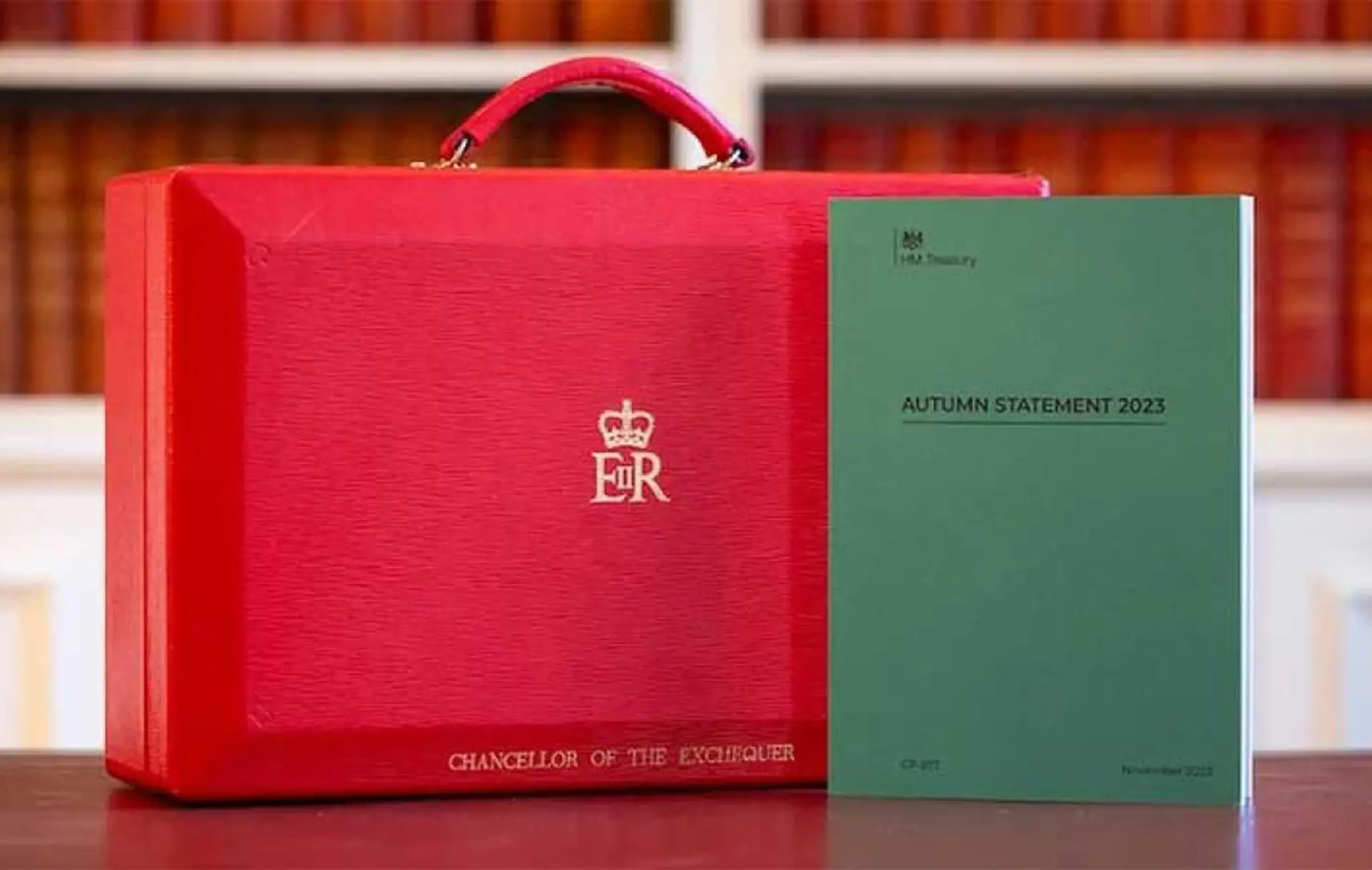Insights from Kilsby Williams’ Tax Associate Rob Meredith
On the face of it there seems to be something for everyone, with the headline measures being:
- For businesses, ‘full expensing’ being made permanent such that 100% tax relief for investment in qualifying plant and machinery will continue past the current end date of 31 March 2026
- For employees, a cut in Class 1 National Insurance Contributions (NICs) from 12% to 10% from 6 January 2024
- For the self-employed, the scrapping of Class 2 NICs (currently payable at a flat weekly rate of £3.45) and a reduction of Class 4 NICs from 9% to 8% from 6 April 2024.
Fiscal statements are always sprinkled with political glitter however, particularly as the clock runs down towards our next general election, and the devil therefore still lies in the detail.
For many of our clients and for most of the employed population, the Class 1 NICs reductions will be a welcome benefit. Costing the Treasury £8.7bn next year, employees will no doubt appreciate the additional £450 each year the change will make on an average salary, but no doubt business will be disappointed that the change was not extended to employers’ Class 1 NICs as well. This omission, coupled with the announcement that the National Living Wage (NLW) will increase by 9.8% to £11.44, and that the age threshold to which the NLW applies to will be lowered from 23 to 21 years old, is likely to leave a number of SME businesses feeling pretty bruised by the changes announced.
The simplification that comes with the removal of Class 2 NICs (at a cost to the Treasury of £380m next year) will also no doubt be welcome to a large number of people. It remains to be seen however how the government will protect the State Pension benefits that are linked to these contributions. We look forward to the next steps on this being rolled out until the new year.
The extension of the full expensing provisions are deemed to cost the Treasury £10bn a year and are referred to in the Statement as ‘the biggest business tax cut in modern British history’. For many of our clients in the SME sector however, the full expensing provisions are actually only utilised when spend on qualifying plant and machinery exceeds £1m. This is because the Annual Investment Allowance that also gives 100% relief on qualifying expenditure in the year the expenditure is incurred up to a limit of £1m per group, is retained and will be used in preference to the full expensing relief as it provides more flexibility, particularly in respect of second hand assets acquired.
In making the scheme permanent, a consultation has also been launched to extend the relief to assets held for leasing. This will no doubt help simplify some of the complications of the scheme for some businesses.
Then there’s R&D – an area that has seen much focus both within HMRC and in the business world generally over the last couple of years. Both sides have focused recently on reducing fraudulent activity and ensuring the relief provides good value for taxpayers.
The government have confirmed that the two current schemes will be merged into one for expenditure incurred in accounting periods beginning on or after 1 April 2024. Whilst this will be seen as helpful certainty in the medium term, it cannot be ignored that the House of Lords and representations from professional bodies recently recommended that the merger of the schemes should be delayed. The government however press on with this merger ‘to help create the conditions for innovative and dynamic businesses to thrive’.
The headline rate for the new scheme will be the current large company (RDEC) scheme rate of 20%, and the notional rate applied to loss-making entities will be set at 19%. Subsidised expenditure rules have been removed and a new definition of subcontracted expenditure has been introduced which distinguishes between ‘normal’ contracts and ‘contracted out R&D’ to help ensure that those companies delivering R&D under a contract can continue to claim relief, whilst avoiding double claims.
A separate scheme for R&D intensive companies has been retained as a more generous scheme so questions remain as to whether the ‘simplification’ announced does what it says on the tin. There is also some nervousness about an R&D compliance action plan also announced as this has been launched with no industry consultation. Given the approach HMRC have been taking to enquiring into R&D claims recently, it will be interesting to see how this plays out through HMRC activity on the ground.
Tax administration was generally absent from the statement made to parliament but the ongoing saga of Making Tax Digital for Income Tax Self Assessment (MTDITSA) did make it into the supporting materials. The introduction of MTDITSA for landlords and the self-employed was due to come in from April 2024 but has been delayed until at least April 2026. The £1.3bn estimated final bill for the project has also recently been subject to criticism from the National Audit Office.
The Autumn Statement included welcome news that the regime:
- won’t apply to those with gross income under £30,000 (although this will be kept under review),
- will now only require quarterly information to be cumulative, and
- won’t require an end of period statement to be prepared as well as a final declaration.
There remains much to work through before the design of the regime is considered satisfactory across the board, but the proposed simplification to the reporting requirements will be a relief for all those likely to be in the regime.
With some additional fiscal headroom generated in recent weeks, the chancellor has tried to appeal to the voters with some headline grabbing tax cuts. The combination of a high inflation environment and the government’s freezing of tax thresholds in previous fiscal events however mean that the cuts announced this time around are already paid for without the need for further announcements.
The chancellor was expected to do more and some of the more dramatic proposals trailed were missing in this Statement (such as the scrapping of inheritance tax and green refurbishment SDLT repayments). We therefore look forward to more measures as we move towards election time when the electorate will feedback with their feet. We will then truly see whether the fallen leaves have taken root.




